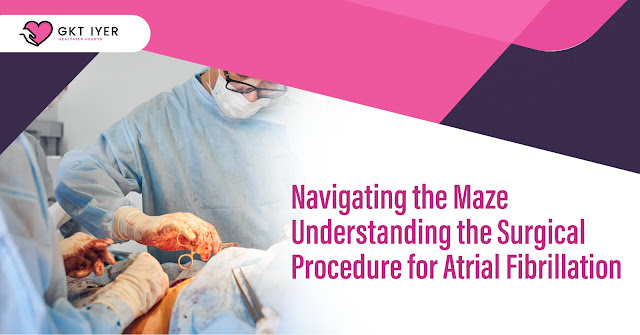Navigating the Maze Understanding the Surgical Procedure for Atrial Fibrillation

Atrial fibrillation (AF) is a type of heart rhythm disorder in which the upper chambers of the heart (the atria) beat irregularly and out of coordination with the lower chambers (the ventricles). This can cause a variety of symptoms, including palpitations, shortness of breath, and fatigue, and it can also increase the risk of stroke and other complications. Surgical treatment for AF is typically considered when other forms of treatment, such as medications and lifestyle changes, are not effective in controlling the condition. There are several surgical options that can be used to treat AF, including: · Maze procedure: This procedure involves making small incisions in the atria to create a "maze" of scar tissue that helps to restore normal electrical conduction and prevent the irregular rhythms associated with AF. · Pulmonary vein isolation: This procedure involves making small incisions around the pulmonary veins, which are the blood vessels that
